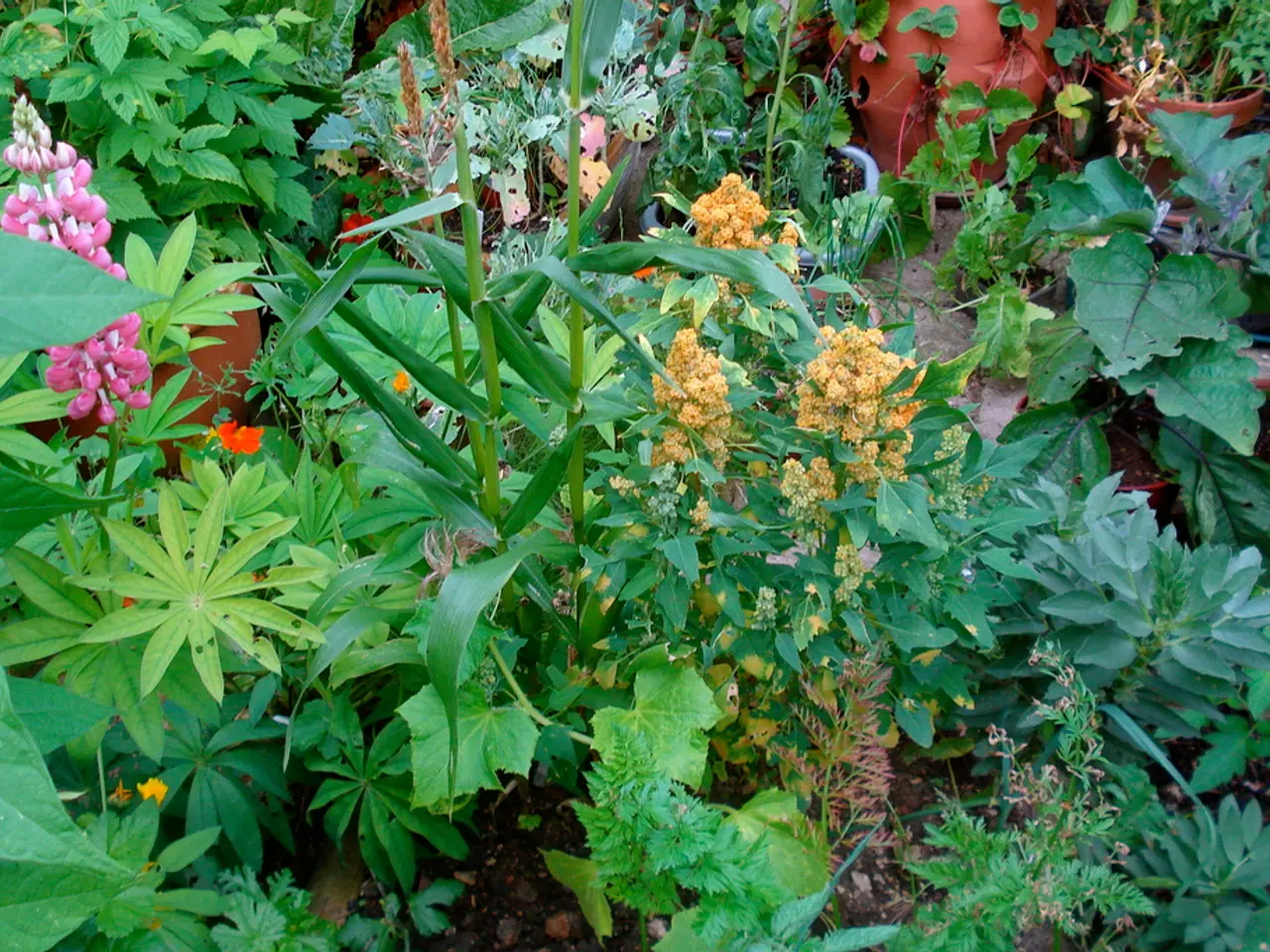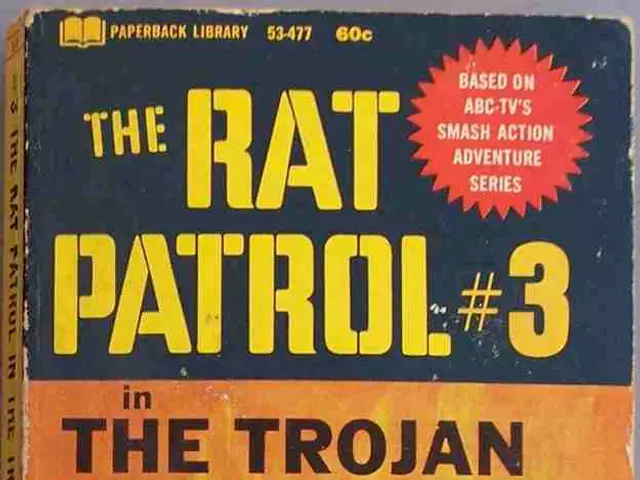Autumn Yard Maintenance: Actions to Take and Items to Spare
As the autumn leaves fall and the seasons change, it's time to prepare your garden for the upcoming winter months while supporting local wildlife. Here's a guide to help you create a wildlife-friendly fall garden clean-up.
## Best Practices for a Wildlife-Friendly Fall Garden Clean-up
1. **Leave Some Areas Undisturbed**: Instead of clearing all dead plant stalks, consider leaving some standing until late spring. These stalks provide essential shelter for beneficial insects like solitary bees, ladybugs, and lacewings, allowing them to hibernate safely through the winter.
2. **Use Natural Mulch**: Mulch can help retain moisture and suppress weeds. Choose organic mulch like wood chips or straw, which can also provide habitat for small animals and insects.
3. **Avoid Chemicals**: Refrain from using chemical pesticides or herbicides, as they can harm wildlife. Instead, adopt integrated pest management techniques that focus on natural methods of pest control.
4. **Create Habitat Diversity**: Incorporate a variety of plants that provide food and shelter for different species. Include native plants, shrubs, and trees to support local biodiversity.
5. **Preserve Debris**: Keep some fallen branches and leaves on the ground, as these can provide habitat for insects and small animals. However, keep pathways clear for safety and accessibility.
## Steps to Follow for a Wildlife-Friendly Clean-up
### Preparation - Identify Wildlife-Friendly Areas: Determine which parts of your garden are most beneficial for wildlife and leave those areas undisturbed. - Gather Tools: Use rakes, leaf blowers on low settings, and manual tools to avoid damaging plants.
### Clean-up Process - Remove Excess Debris: Clear out any dead plant material that could harbor pests or diseases, but leave some stalks standing. - Prune with Care: Prune plants to maintain shape and promote healthy growth, but avoid cutting back too much, as this can remove potential habitats. - Compost: Start a compost pile with organic materials to create nutrient-rich soil for future growing seasons.
### Post-Clean-up - Monitor for Pests: Use traps or natural pest control methods to manage any pest issues without harming beneficial wildlife. - Add Winter Interest: Plant winter-blooming flowers or shrubs that provide food for birds and other wildlife during cold months.
### Additional Tips - Create a Pollinator Garden: Incorporate plants that attract pollinators and other beneficial insects to support local ecosystems. - Provide Water Sources: Ensure that birds and other wildlife have access to fresh water throughout the year.
By following these practices, you can create a garden that supports local wildlife while maintaining a healthy and thriving ecosystem. Remember to bring in any tender plants that won't survive colder temperatures, do not compost diseased plants to prevent contaminating the compost pile, and do not delay winter plant protections if you live in a cold region.
In addition, do not remove invasive plants or aggressive self-seeders like mint or morning glory before they spread, and do not over-fertilize in the fall as it can promote tender new growth that won't survive the winter. Leaving some leaves in the garden is a wildlife-friendly practice, but do not leave vegetable debris as it can harbour overwintering threats.
Lastly, do not rake all the leaves from your garden as excessive raking can strip the soil of organic material and harm overwintering beneficial insects. Do not cut back everything, especially perennials like ornamental grasses and plants with seed heads as they add winter interest and provide habitat for wildlife.
Lastly, don't forget to clean bird feeders and baths regularly to prevent the spread of disease. With these tips in mind, you're ready to embark on a successful wildlife-friendly fall garden clean-up!
Incorporating a wildlife-friendly garden clean-up also includes maintaining a lifestyle that supports local wildlife. This can be achieved by practicing home-and-garden techniques that encourage biodiversity and provide habitats for wildlife, such as leaving some areas undisturbed for beneficial insects or using natural mulch for small animals. Additionally, the clean-up process can be made wildlife-friendly by avoiding chemicals, preserving fallen debris, and creating a pollinator garden to attract beneficial insects.




